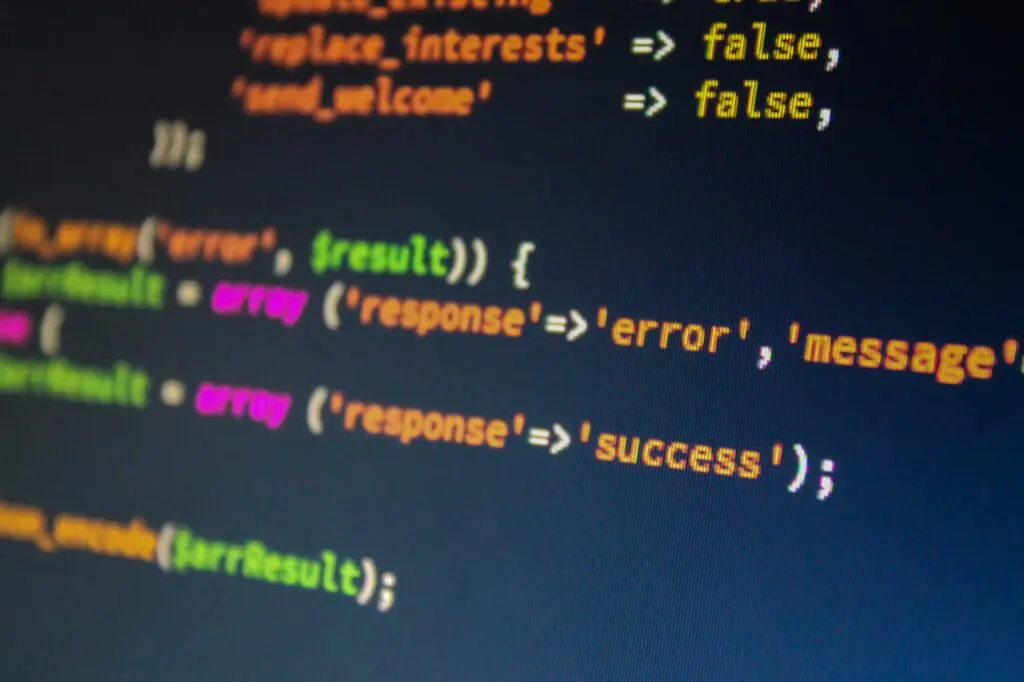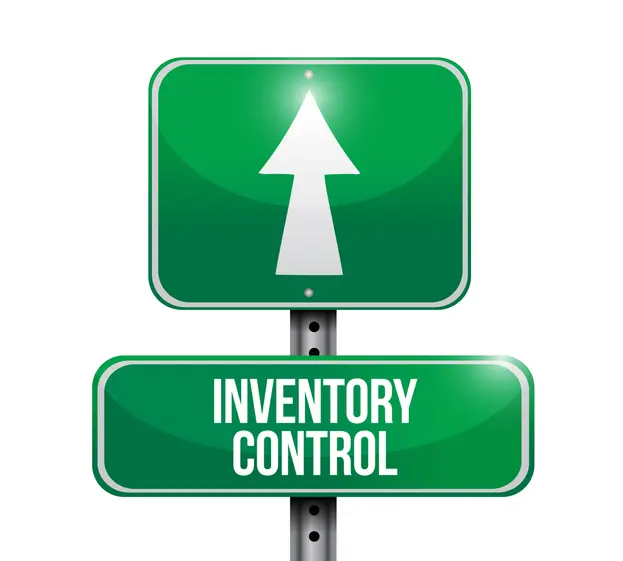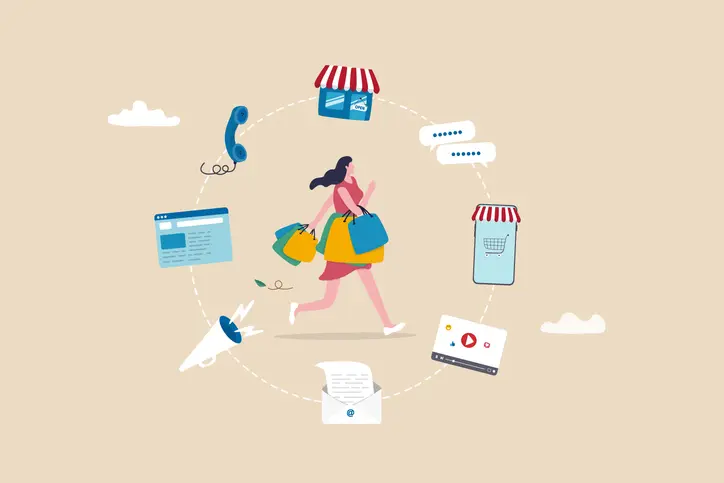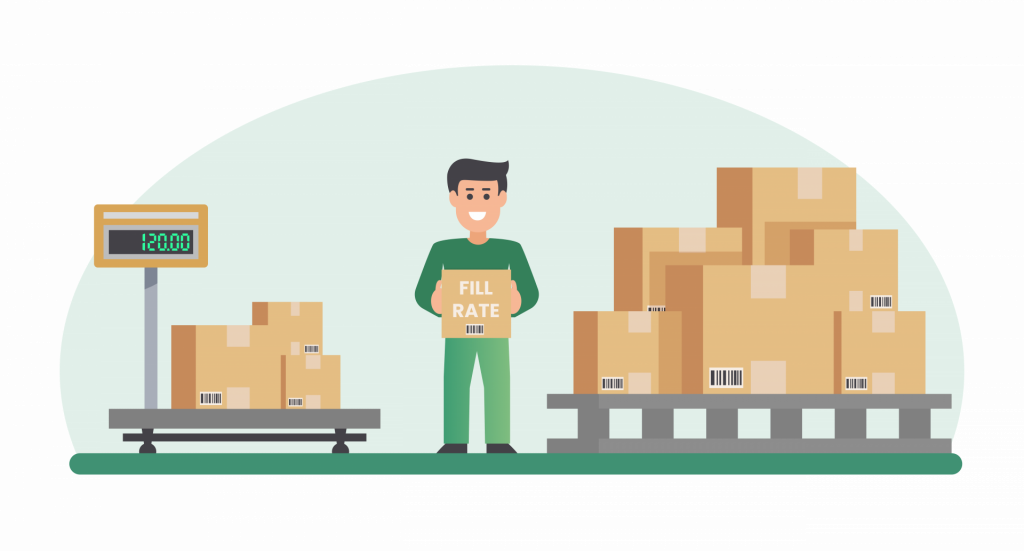For decades, Excel has been the undisputed king of the forecasting world. It’s familiar, accessible, and installed on virtually every business computer on the planet. But the ground is shifting. The modern demand for unprecedented speed, razor-sharp accuracy, and market agility has revealed the cracks in this old foundation. AI-powered forecasting isn’t just an upgrade; it’s a fundamental evolution. For any forward-thinking company, making the transition from spreadsheets to intelligent systems is no longer a matter of ‘if,’ but a strategic necessity for survival and growth.
The Strategic Imperative: Why Move Beyond Excel?
The decision to move away from a tool as ingrained as Excel must be driven by a clear understanding of its shortcomings. While excellent for simple tasks, Excel’s inherent limitations for complex forecasting create significant business risks. It’s prone to human error, struggles to scale with growing data volumes, and remains a static tool in a dynamic world. Integrating the vast, diverse datasets required for modern forecasting is often a manual, cumbersome, and ultimately ineffective process.
In stark contrast, AI-powered platforms offer a transformative alternative. They deliver:
- Improved accuracy by leveraging machine learning algorithms that learn from historical data and identify complex patterns invisible to the human eye.
- The ability to analyze vast, unstructured datasets from sources like weather, social media trends, and macroeconomic indicators to uncover hidden drivers of demand.
- Automation of repetitive tasks, freeing up planners to focus on high-value strategic analysis rather than data entry.
- Dynamic, real-time forecasting that continuously adapts to new information, ensuring plans remain relevant and responsive.
Phase 1: Building the Foundation for the Change to AI Forecasting
Before a single line of code is written or a vendor is contacted, the most critical work begins. This foundational phase is about strategy, alignment, and creating a clear vision for the future.
Readiness Assessment & Objective Setting
The first step is a candid look in the mirror. You must conduct a thorough readiness assessment that evaluates your current forecasting processes, the maturity and accessibility of your data, and the existing skills within your team. Where are the bottlenecks? What are the most significant pain points? This analysis provides the baseline from which to build.
With this understanding, you can define clear, measurable business objectives. Vague goals like “improve forecasting” are useless. Instead, set specific targets such as “reduce forecast error by 15%,” “decrease planning cycle time by 40%,” or “improve inventory turnover by 20%.” These concrete goals will guide the project and serve as benchmarks for success.
Crafting the Business Case & Securing Buy-In
Your assessment and objectives are the raw materials needed to form a compelling business case. This document translates the project’s goals into the language of the business: return on investment (ROI). It should clearly articulate the costs of inaction (the risks of staying with Excel) and quantify the expected financial benefits of adopting an AI solution.
Equally crucial is securing executive sponsorship. This isn’t a passive endorsement; it’s active and visible support from senior leadership. An executive sponsor champions the initiative, removes organizational roadblocks, and consistently reinforces the strategic importance of the change, ensuring it remains a priority across the company.
Phase 2: Executing the Technical Transition
With a solid strategic foundation, the focus shifts to the practical execution of the project, centering on the twin pillars of data and technology.
Data Strategy and Governance
Data is the fuel for any AI engine. This phase marks a fundamental shift from planners working in isolated spreadsheets to a centralized, integrated data ecosystem. The initial work involves data cleansing, normalization, and consolidation from all relevant sources, including your ERP and CRM systems.
Beyond this initial cleanup, it’s essential to establish clear data governance policies. These rules and processes ensure that data remains accurate, accessible, and reliable over the long term. Without strong governance, even the most advanced AI model will fail due to poor-quality inputs.
Technology Selection and Phased Rollout
The market is full of AI forecasting tools, so selecting the right AI platform is a critical decision. Key evaluation criteria should include ease of use, integration capabilities with your existing tech stack, scalability to handle future growth, and the quality of vendor support.
Resist the temptation of a “big bang” implementation. A phased rollout is a much safer and more effective approach. Start with a pilot program in a single department or for a specific product line. This allows you to test the technology, gather crucial user feedback, refine your process, and, most importantly, demonstrate early wins. These initial successes build momentum and create powerful advocates for the company-wide rollout.
When evaluating AI forecasting tools, companies like Intuendi stand out for their intuitive interface, seamless integrations, and proven track record of reducing forecast error while boosting efficiency. Start your AI forecasting journey by booking a demo with Intuendi.
Phase 3: Leading People Through the Transformation
Technology is only half the equation. The most sophisticated AI platform will fail if the people who need to use it don’t embrace it. This phase is dedicated entirely to managing the human side of this profound change.
Communication and Stakeholder Engagement
Begin by identifying all key stakeholders, from the planners who will use the tool daily to the IT team supporting it and the executives reviewing its outputs. It’s vital to recognize both potential champions and likely detractors.
Develop a targeted communication plan that speaks directly to each audience, answering their unspoken question: “What’s in it for me?” For planners, it might be less manual work and more strategic impact. For executives, it’s better decision-making and improved financial performance. A clear and consistent vision, communicated regularly, builds trust and momentum.
Team Upscaling and Capability Building
The move to AI requires new competencies. It’s important to frame this not as a threat but as an opportunity for growth. Reassure your team that their existing business knowledge and Excel skills provide a valuable foundation.
From there, create targeted training paths for different roles. Your finance team may need different skills than your sales or operations teams. The goal is to build broad data literacy and foster confidence in the new system. This commitment to training signals that you are investing in your people, not just in new software, and helps cultivate a culture of continuous learning.
Overcoming Resistance and Building Trust
Resistance to change is natural. Proactively address common fears, especially the concern that AI will replace jobs. Emphasize that the goal is to augment human intelligence, not replace it, allowing experts to focus on judgment and strategy.
To tackle the “black box” problem, where users don’t understand how the AI arrives at its conclusions, prioritize model transparency. More importantly, maintain a “human-in-the-loop” approach. This ensures that the system’s automated outputs can be reviewed, adjusted, and approved by experienced planners, blending the power of AI with invaluable human expertise and building trust in the process.
Phase 4: Sustaining Momentum and Measuring Impact
The project doesn’t end when the system goes live. The final phase is about embedding the new way of working into the fabric of the organization and continuously proving its value.
Tracking KPIs and Proving ROI from AI Forecasting
To measure the true impact of the transformation, you must move beyond simply tracking forecast accuracy. Success involves defining and tracking KPIs across several dimensions. Monitor software adoption rates to see if people are actually using the tool. Measure the time saved in planning cycles to quantify efficiency gains. Most critically, connect the forecasting improvements to tangible business outcomes like reduced inventory carrying costs or improved service levels.
Feedback Loops for Continuous Improvement
An AI forecasting model is never truly “finished.” It needs to be refined and retrained as market conditions evolve. Establish formal feedback loops to gather input from users on the system’s performance and usability. This information is invaluable for continuous model improvement. By embedding this cycle of feedback and refinement into your workflow, you ensure the AI-driven process becomes the new, evolving standard operating procedure, solidifying its place in the organizational culture.
Seizing Your Competitive Advantage with AI Forecasting
Transitioning from Excel to AI forecasting is far more than a simple technological upgrade; it is a profound business transformation. It requires a thoughtful, human-centric approach to change management that balances strategy, technology, and people. By successfully navigating this journey, you are not just improving a forecast. You are building a more agile, resilient, and intelligent organization capable of making faster, more informed decisions. This is the ultimate competitive advantage in a world that refuses to stand still.






